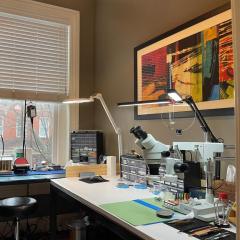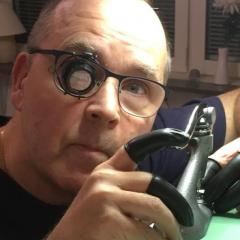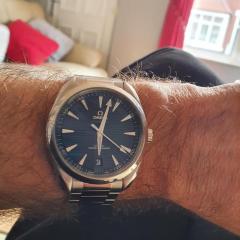Questions about my Bravingtons Renown Mantel Clock
-
Recently Browsing
- No registered users viewing this page.
-
Topics
-
Posts
-
That's exactly why you need to exercise, or you'll meet with an untimely death! 😉
-
Hi there, first time for me to ask for help since I joined the forum. I’m working on a Seiko 6138-0040 for a friend. I’ve already done a few 6138B’s, so not completely new to me. This one is a bit different, with lots of gremlins. Sheared off dial feet screw, case back ring missing, movement glued in the case etc. On top of that, on of the eccentrics also sheared off when trying to adjust the hour recording wheel stop lever spring. On the parts list, there is only 1 mention of an eccentric, namely the 823.619. Unfortunately it is unclear if it is the one I need, or if it’s the eccentric for the hour hammer.. If it is the right one, I can order one from Cousins, if not I probabely have to source a main plate. Does anybody know which eccentric the 823.619 is? Thanks so much!
-
Which is why we never gave a map or compass to the bloody Rodney’s! Tom
-
By Neverenoughwatches · Posted
Thats why i never joined the army scott 🙂
-








Recommended Posts
Join the conversation
You can post now and register later. If you have an account, sign in now to post with your account.
Note: Your post will require moderator approval before it will be visible.